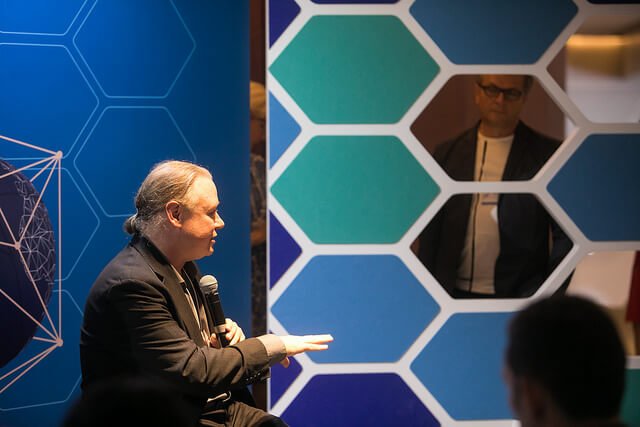The release of Fabric 1.0 means Hyperledger believes its code is fully ready for implementation.
Hyperledger Fabric, the open source distributed ledger project from Hyperledger, has made a significant step ahead in its effort to create standardized versions of blockchain software. The recent release of Fabric 1.0 means Hyperledger believes its code is fully ready for implementation.
“The code is battle tested. It’s a sign of confidence by developers that it’s ready for the masses to bring to production environment. The inflection point is now,” Brian Behlendorf, the executive director of the Hyperledger, said.
Project members including individuals from world’s largest corporations such as SAP, IBM, Intel, American Express, Fujitsu and Daimler have been working several months to prepare the Fabric 1.0 release. They have conducted hundreds of proofs of concepts and pilots along with a couple of live projects.
“After 16 months, we have arrived at the 1.0 release. It’s a more mature release and a real belief by developers that within some constraints, we [are ready to] push it into production,” Behlendorf said.
The Hyperledger is a collaborative effort started to identify and address important features of the blockchain technology for a cross-industry open standard for distributed ledgers that can transform the way business transactions are conducted globally. The project is a Linux Foundation Collaborative Project and implements many open source best practices familiar to other leading projects.
Although blockchain initially served as an underlying technology for digital currency, Brian Behlendorf underlines that their project focuses first of all on business use cases such as smart contracts. In fact, a distributed ledger can be used to prove the ownership of anything of value — whether real estate, diamonds or the provenance of parts in a supply chain.
Members of Hyperledger
Many big players have already joined the Hyperledger .
At the very beginning of spring, 11 new companies joined the project to take part in developing an open blockchain standard for the new generation of transactional applications. The list of newly-arrived members included Bank of England, Bitmark, China Merchants Bank, Federal Reserve Bank of Boston, Initiative for CryptoCurrencies and Contracts (IC3), Kaiser Permanente, Kubique S.p.A., MadHive, Monax, OSCRE and RadarWin Cyber Technology.
Next month, three leading music groups partnered with IBM to design a platform, which is powered by Hyperledger Fabric. The group consisting of PRS for Music; ASCAP, the American Society for Composers, Authors and Publishers; and SACEM, the Society of Authors, Composers and Publishers of Music, is working on a new blockchain solution that will help content creators to overcome many of the problems existing in the digital music industry.
Most recently, Hyperledger welcomed 8 new members including Alphapoint, Change Healthcare, CITIC, Clause Inc, Deloitte, Ernst & Young LLP, FZG360 Network Co. Ltd and Schroder Investment Management Limited, to join efforts creating an open standard for distributed ledgers for a new generation of transactional applications.
Race heats up
The software Hyperledger is open source and backed by Linux Foundation. However there are other groups promoting their own versions such as J.P. Morgan using Ethereum cryptocurrency and smart contract network or R3 consortium developing the blockchain called Corda.
It is still too early to say who will be the front-runner in blockchain technology. But Behlendorf believes that Fabric 1.0 has all chances to stick around because the project’s approach is collaborative and not dogmatic.
